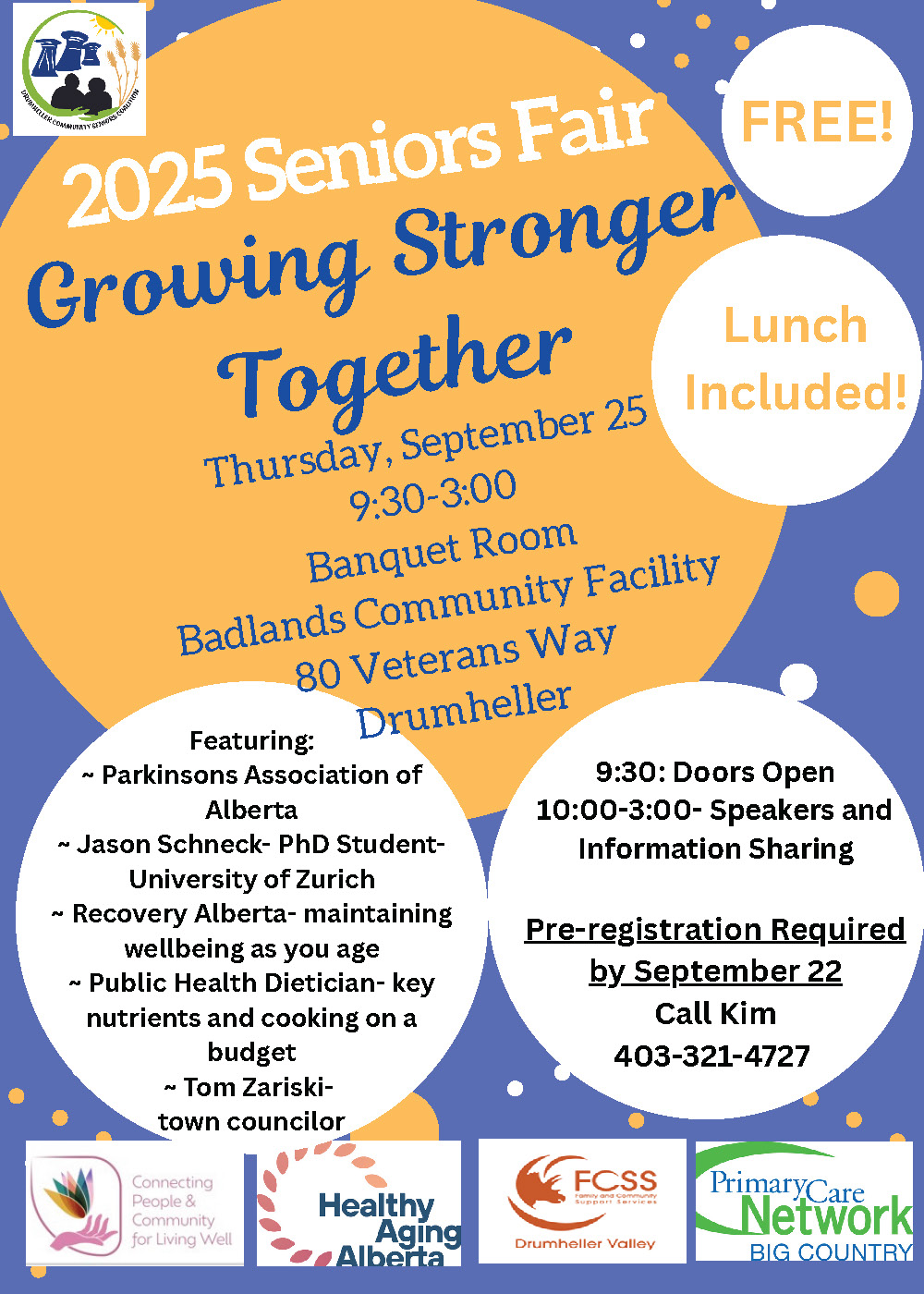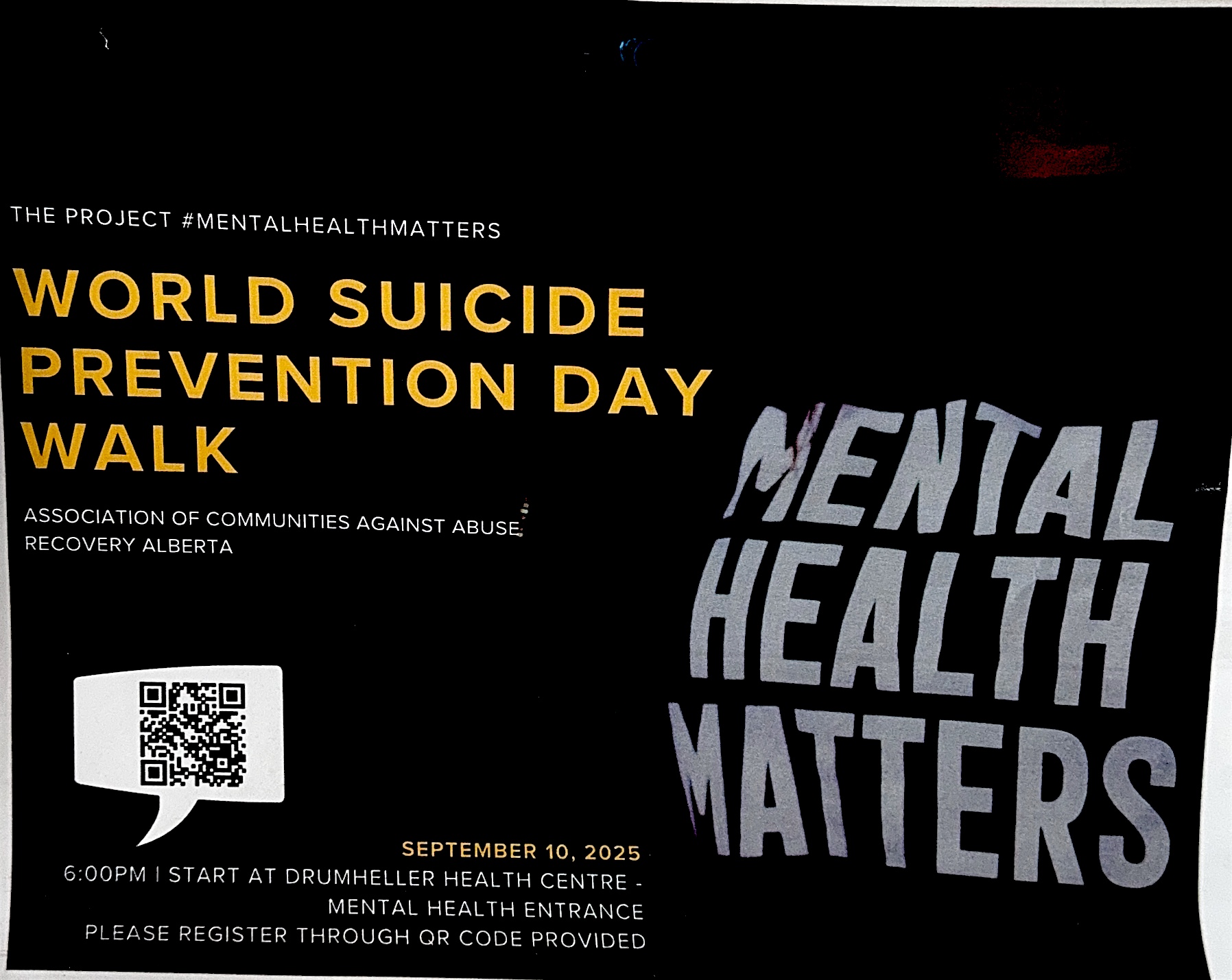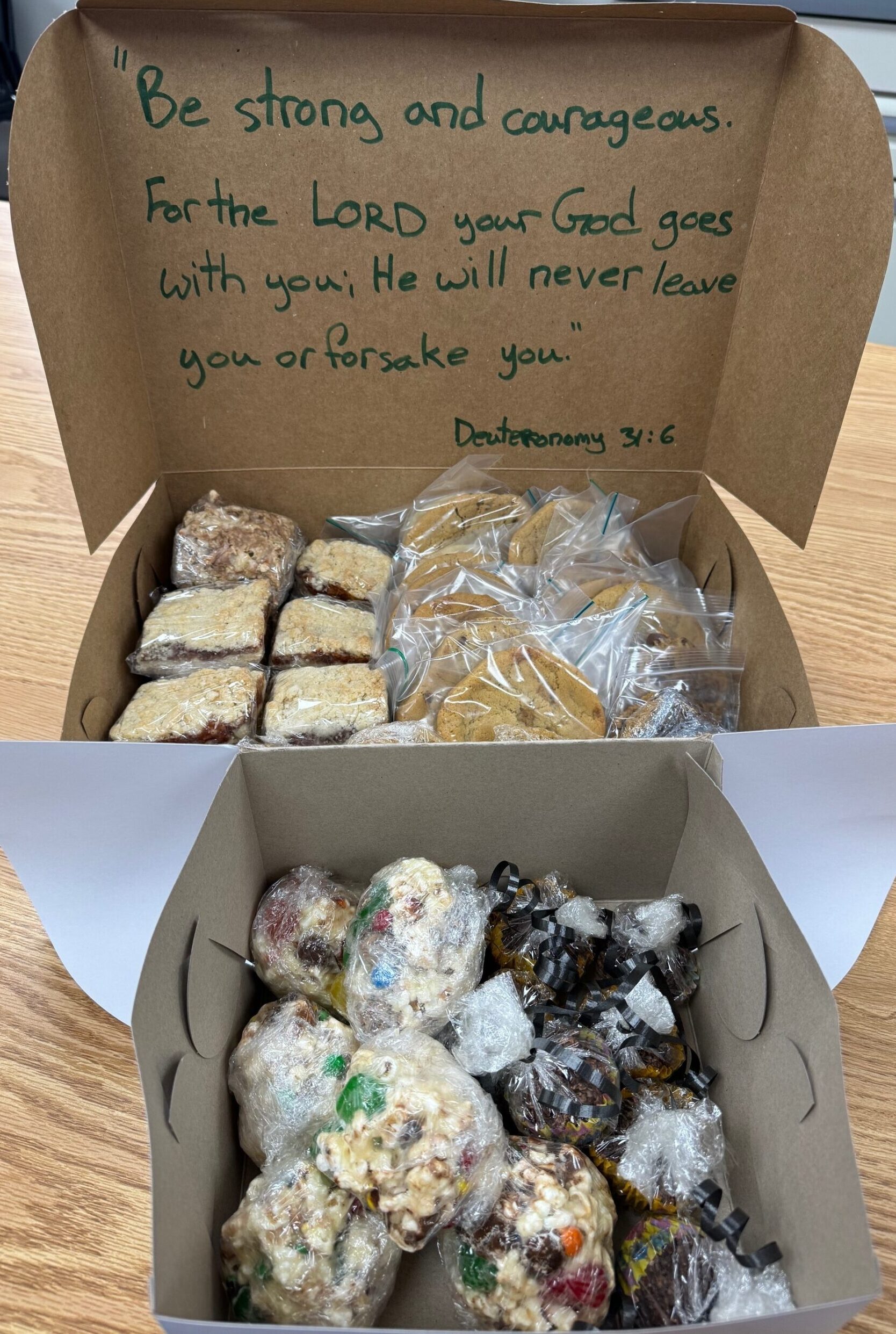Drumheller Culture Day – Tastes of the World!
On Saturday, September 20, 2025, 3pm – 9pm the Badlands Community Facility Fieldhouse will transform into a vibrant hub of food, culture, and connection as we celebrate Culture Day: Tastes of the World! This multicultural event showcases the richness of global cuisines and the spirit of community.
A World of Flavors
Come hungry! Explore an incredible lineup of cultural food vendors featuring Ukrainian, Filipino, Mexican, and more international cuisines. Each vendor will serve authentic dishes prepared with care, offering you a genuine taste of their culture and traditions.
Food, Fun & Entertainment
It’s more than a food festival—it’s a celebration for the whole family!
Live music to set the stage for an unforgettable evening
Children’s activities to keep little ones smiling
Beer, wine & liquor tasting fundraiser in the beer garden
Giving Back Through Good Food
This event isn’t just about tasting the world—it’s about making a difference. Proceeds from the beer/wine/liquor tasting fundraiser will support children’s programs at the Aquaplex and BCF, ensuring low-income families can access swimming lessons, recreation, and other activities that help kids thrive.
Event Details
Who: Everyone! This is a community-wide celebration open to all ages
What: Connecting Nations – multicultural food, live music, kids’ activities & beer/wine tasting fundraiser
When: Saturday, September 20, 2025, from 3:00 PM to 9:00 PM
Where: BCF Fieldhouse
Why You Should Attend
Experience authentic international dishes without leaving Drumheller. Connect with friends, family, and neighbors in a fun, inclusive space
Support programs that help local children access recreation opportunities
Please mark your calendar and bring your appetite. Let’s celebrate culture, community, and connection together at Tastes of the World!










